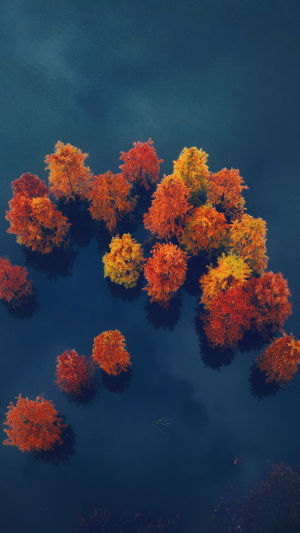In the case of continuous drought, some cities in the western United States have even begun to pull out green lawns in order to save water.
According to reports, the water agencies that manage Phoenix, Salt Lake City, and other cities recently signed an agreement to remove a large number of decorative grasses in the western United States to protect the depleted Colorado River.
The water agency will remove 30 percent of the green lawns, the report said. Such as the lawn in front of the mall, in the middle of the street, and at the entrance of the community.
Golf courses, parks, and lawns in the backyards of homes will not be affected. In addition, the water agency will take measures to improve water resource utilization efficiency, increase water recycling, and consider changing the way water bills are paid to encourage residents to save water.
But no matter how much water these measures save, they won't meet the needs of the Colorado River and maintain reservoir levels. Cynthia Campbell, a water resources management consultant in Phoenix, also believes that urban water conservation alone cannot solve the problem of declining river water levels. In the entire western United States, no city's protection efforts can make up for the water that needs to be protected.
Most of the water in the Colorado River is used for agricultural irrigation, and urban water accounts for about 20%. According to several water suppliers, saving water in cities is not enough to solve the problem of water scarcity, but it also contributes part of the solution.
Earlier this year, water utilities in Albuquerque, New Mexico; Las Vegas, Nevada; and Denver, Colorado, among other cities, signed similar agreements to drive water conservation.
The Colorado River is the main source of water for many states in the western United States, and its water level has dropped due to climate change in recent years. The main channel-type reservoirs, Lake Mead and Lake Powell are currently only about a quarter of their respective maximum storage levels.
Why remove ornamental grass around rivers?
The amount of vegetation on the ground will have a great impact on the process of rainwater flowing into the river.
In the rainy season, the water volume of the river will be greater
If the vegetation within a certain range around the river is destroyed. There will be no trees and plants to block the rainwater, so the rainwater will seep into the ground.
Then in the rainy season, the rainwater in this area will flow into the river faster and more, so that the water level of the river will be higher.
Aggravated drought
If the vegetation is destroyed, the ability of water conservation in the vicinity of the river will definitely decline. Without a large amount of vegetation to absorb and retain rainwater, it will not be able to provide a water source to alleviate the drought when the river is dry.
Therefore, when a drought occurs, the drought in the middle and upper reaches of the river where the vegetation is destroyed will generally be more severe and difficult to alleviate.
Soil erosion
The vegetation around the river is destroyed, and the most intuitive impact is that it will cause soil erosion near the river, and a large amount of soil will be washed away, destroying the original topography.
Because there are no trees and plants to fix the soil, the soil will all be carried into the river when it is washed by the rain, and it will be washed downstream by the water.
The river water will also become turbid as a result, and a large amount of sediment will be carried to the downstream area of the river for deposition, which can raise the water level of the river bed and cause river channel silting.





